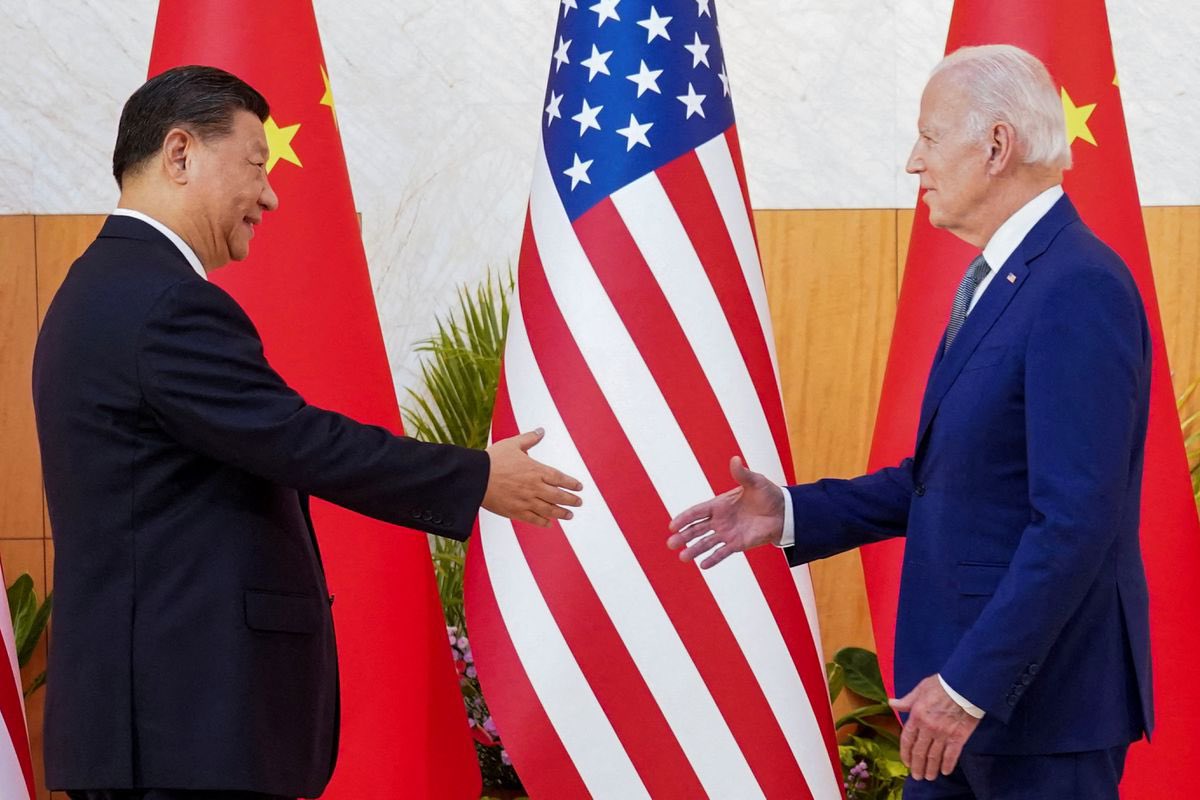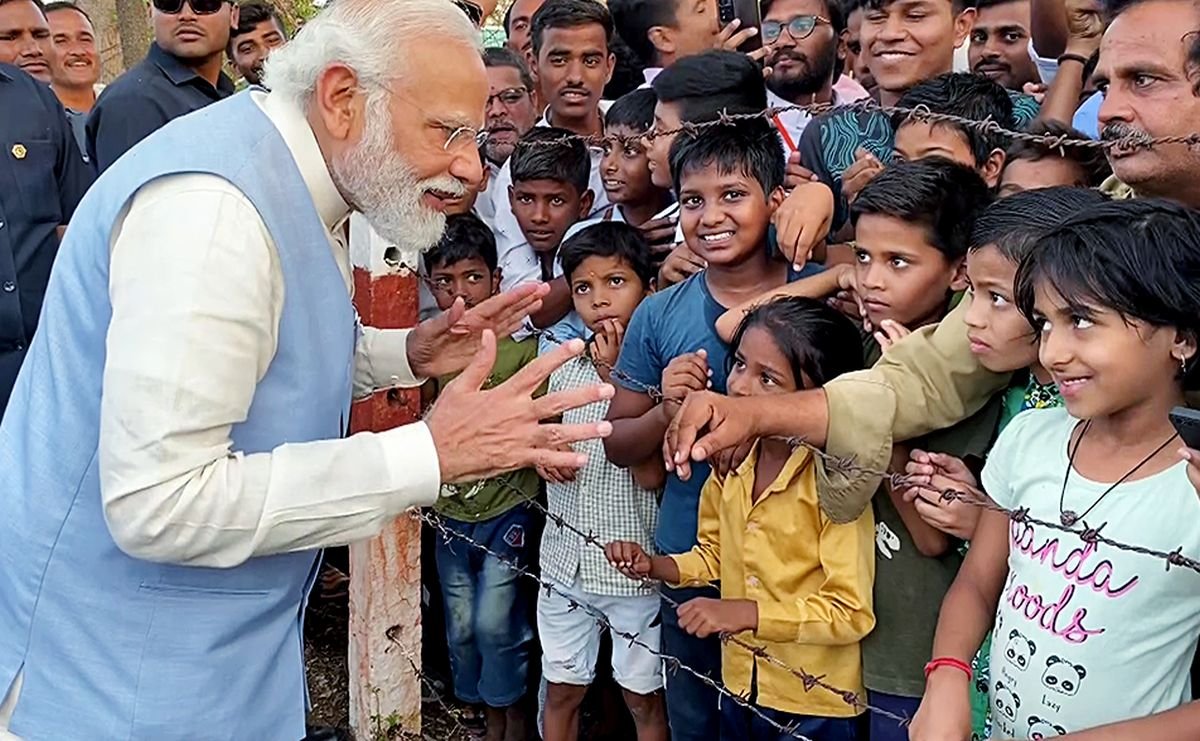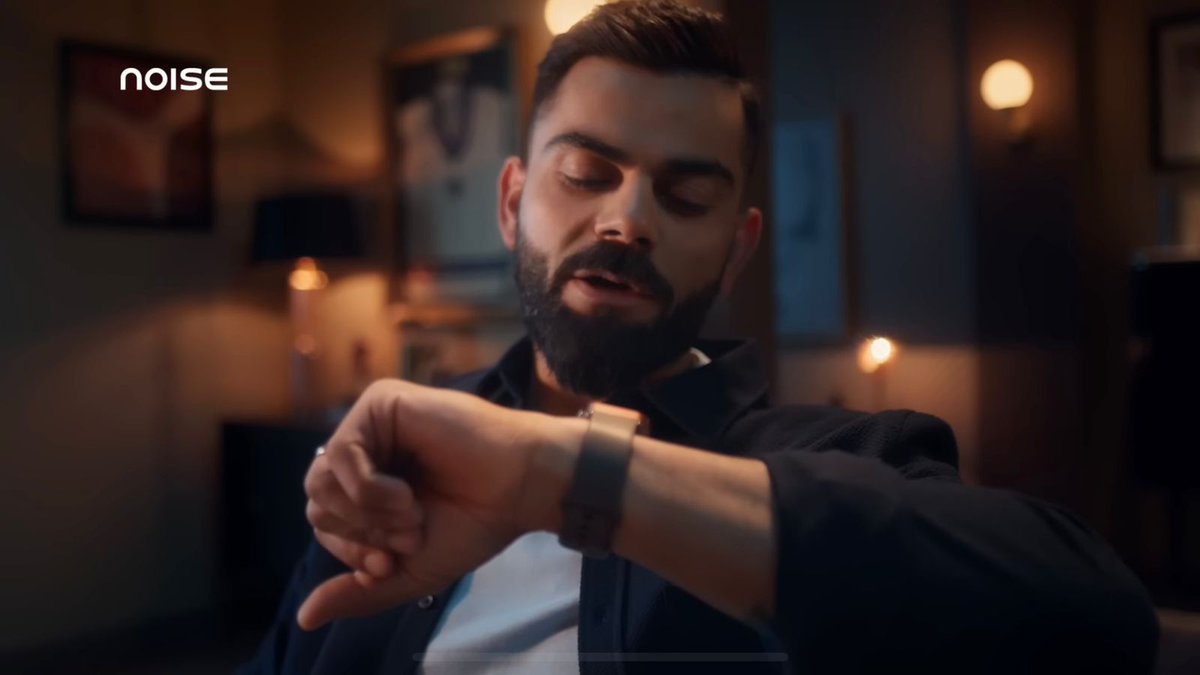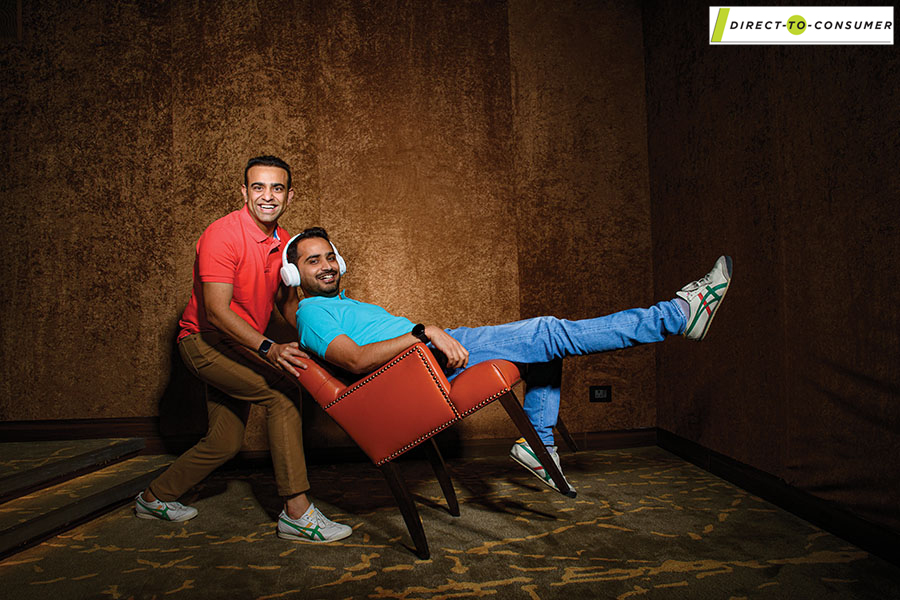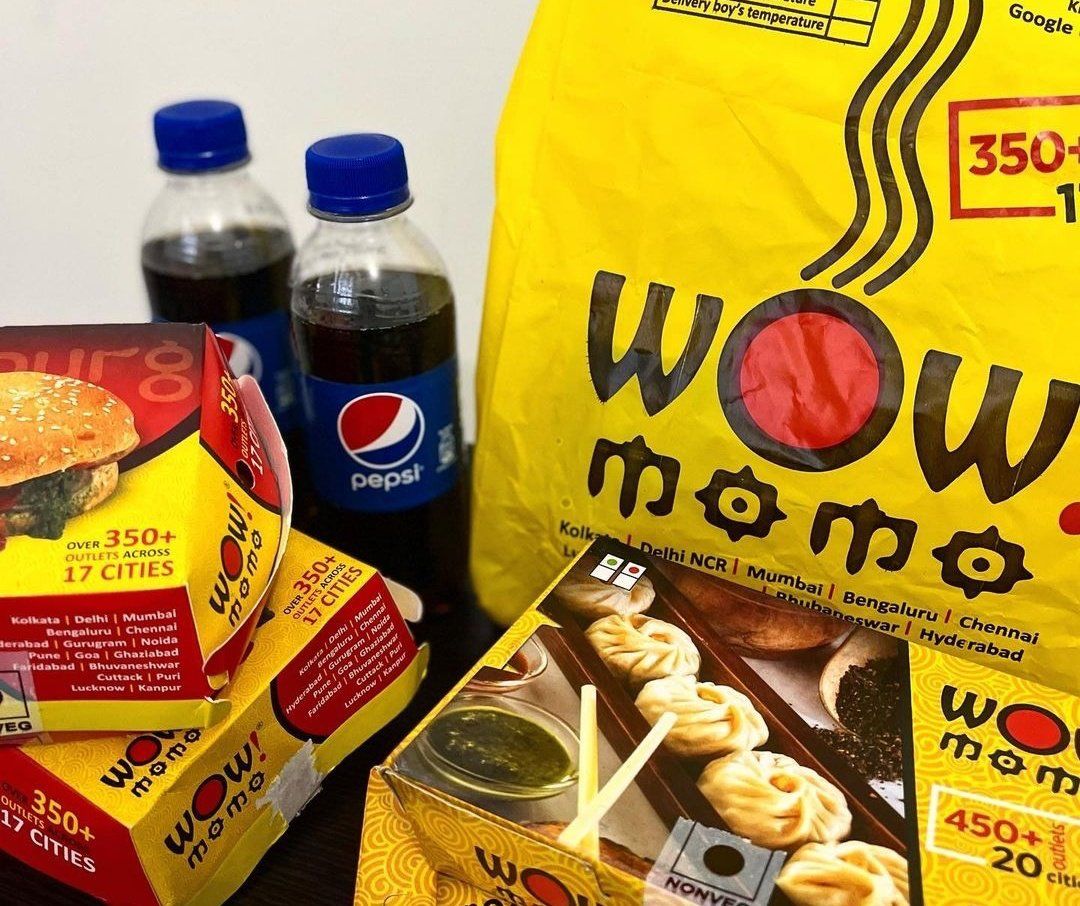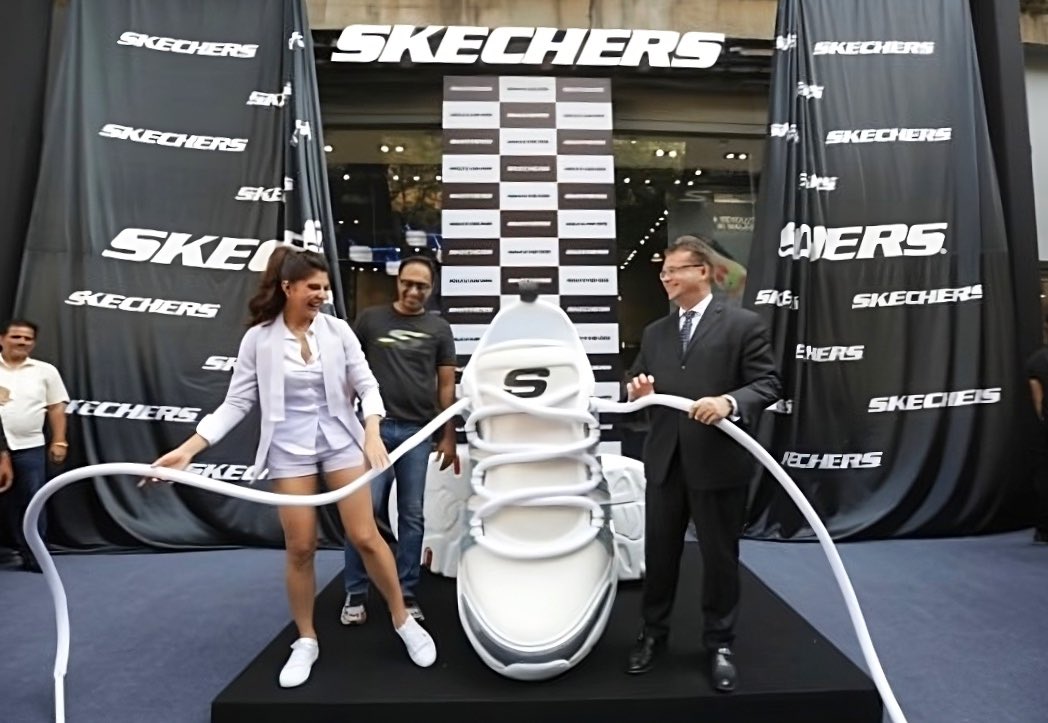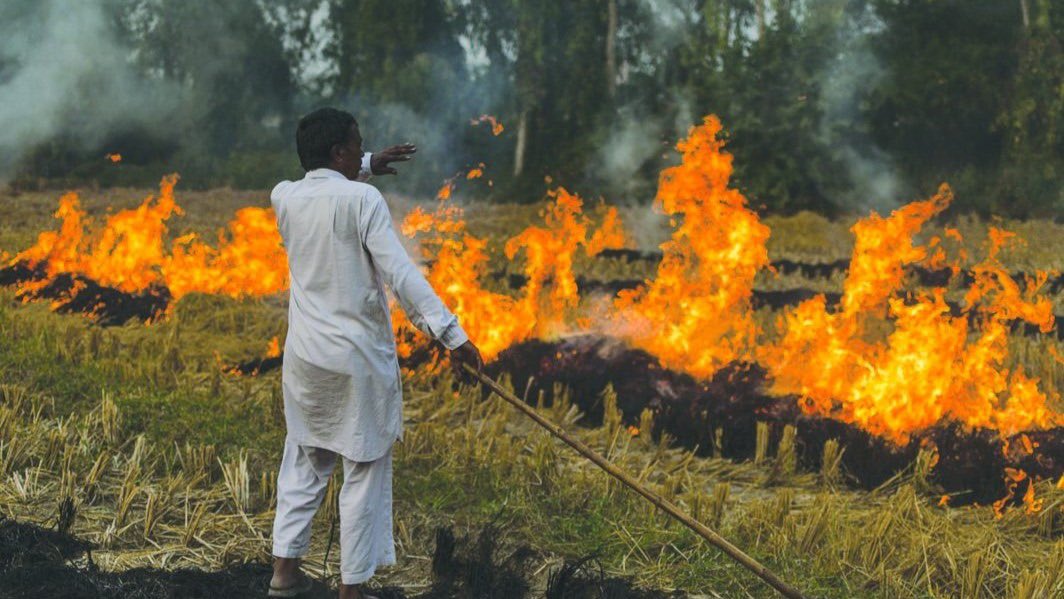In 1980s, the only airline operating in Dubai cut back its services
A young Sheikh responded by starting his own airline & people thought it'd fail
But it turned out to be one of the most profitable airlines for 32 consecutive yrs
Here's how Emirates became King of the Skies:
A young Sheikh responded by starting his own airline & people thought it'd fail
But it turned out to be one of the most profitable airlines for 32 consecutive yrs
Here's how Emirates became King of the Skies:
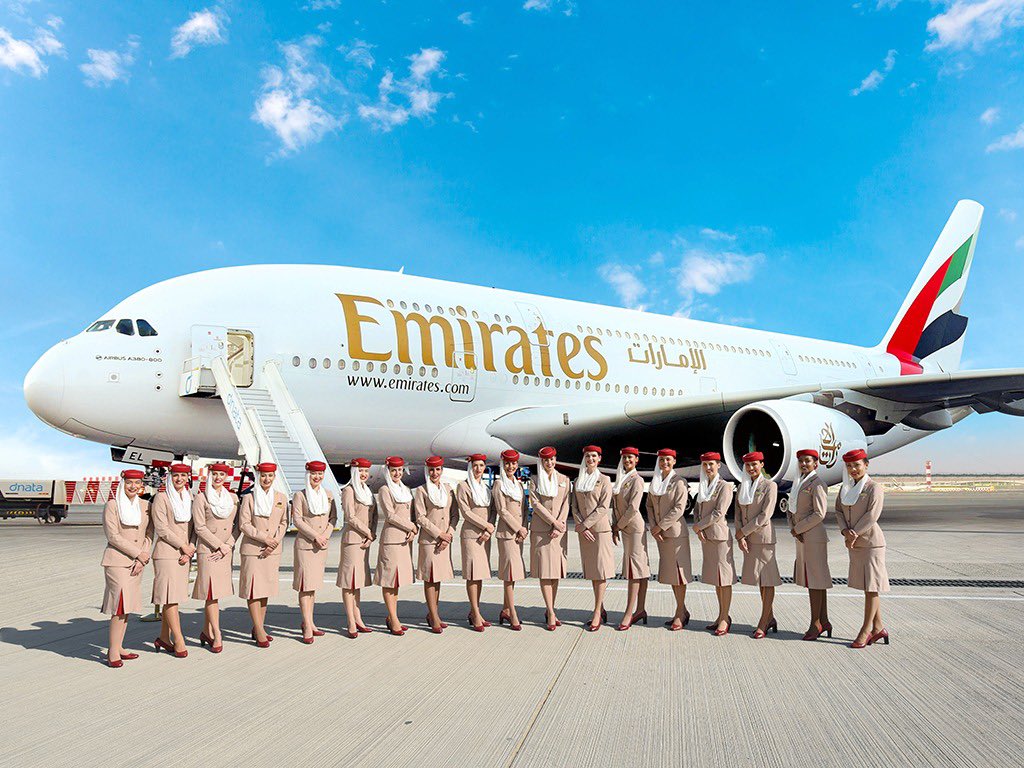
How Emirates came to existence in itself is a very interesting story.
See, The Gulf has always been famous for its abundant oil resources. But these reserves were rapidly shrinking.
It was evident that relying solely on the oil resources would not be sufficient
See, The Gulf has always been famous for its abundant oil resources. But these reserves were rapidly shrinking.
It was evident that relying solely on the oil resources would not be sufficient
— to support Dubai's ambitious plans for growth.
So, Dubai started investing in infrastructure. It started positioning itself as a global hub for business and entertainment.
The stage was set for the diversification of Dubai's economy
So, Dubai started investing in infrastructure. It started positioning itself as a global hub for business and entertainment.
The stage was set for the diversification of Dubai's economy
— away from oil & into other areas such as trade and tourism.
And Dubai’s trade and tourism relied heavily on aviation.
But back then only flight operating in and out of UAE was Gulf Air.
And Dubai’s trade and tourism relied heavily on aviation.
But back then only flight operating in and out of UAE was Gulf Air.
During 1970s, the govts of Bahrain, Abu Dhabi, Qatar, and Oman signed a foundation treaty for multinational ownership in Gulf Aviation
— giving each govt a 25% shareholding.
The operating company was then branded as Gulf Air and became the flagship carrier for the 4 nations.
— giving each govt a 25% shareholding.
The operating company was then branded as Gulf Air and became the flagship carrier for the 4 nations.
But during the mid-1980s, Gulf Air began to cut its services to Dubai.
So a young sheikh then, Sheikh Mohammed Bin Rashid Al Maktoum (the current ruler of Dubai) responded by starting his own airline
— Emirates Airlines — in 1985.
So a young sheikh then, Sheikh Mohammed Bin Rashid Al Maktoum (the current ruler of Dubai) responded by starting his own airline
— Emirates Airlines — in 1985.

As of now, Emirates is the world’s largest international airline — flying to 158 destinations in 85 countries.
It operates 269 aircrafts and is the world’s largest operator of the Airbus A380 and Boeing 777 family of aircraft.


It operates 269 aircrafts and is the world’s largest operator of the Airbus A380 and Boeing 777 family of aircraft.
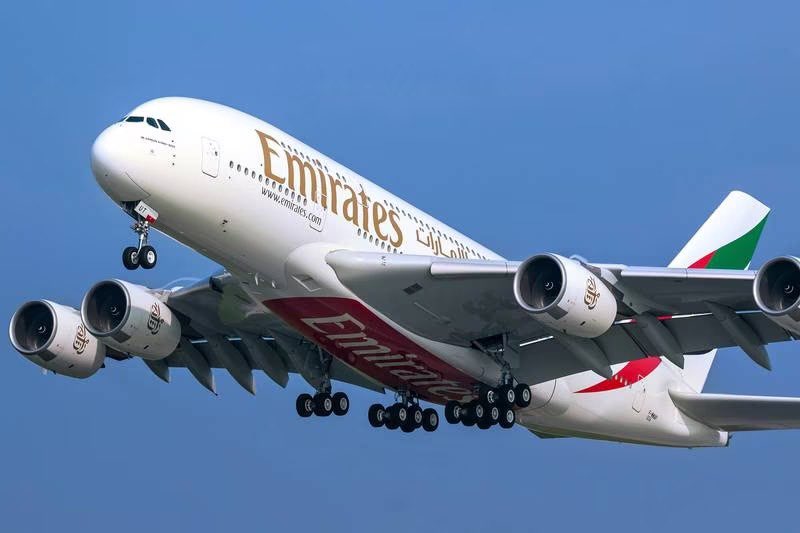
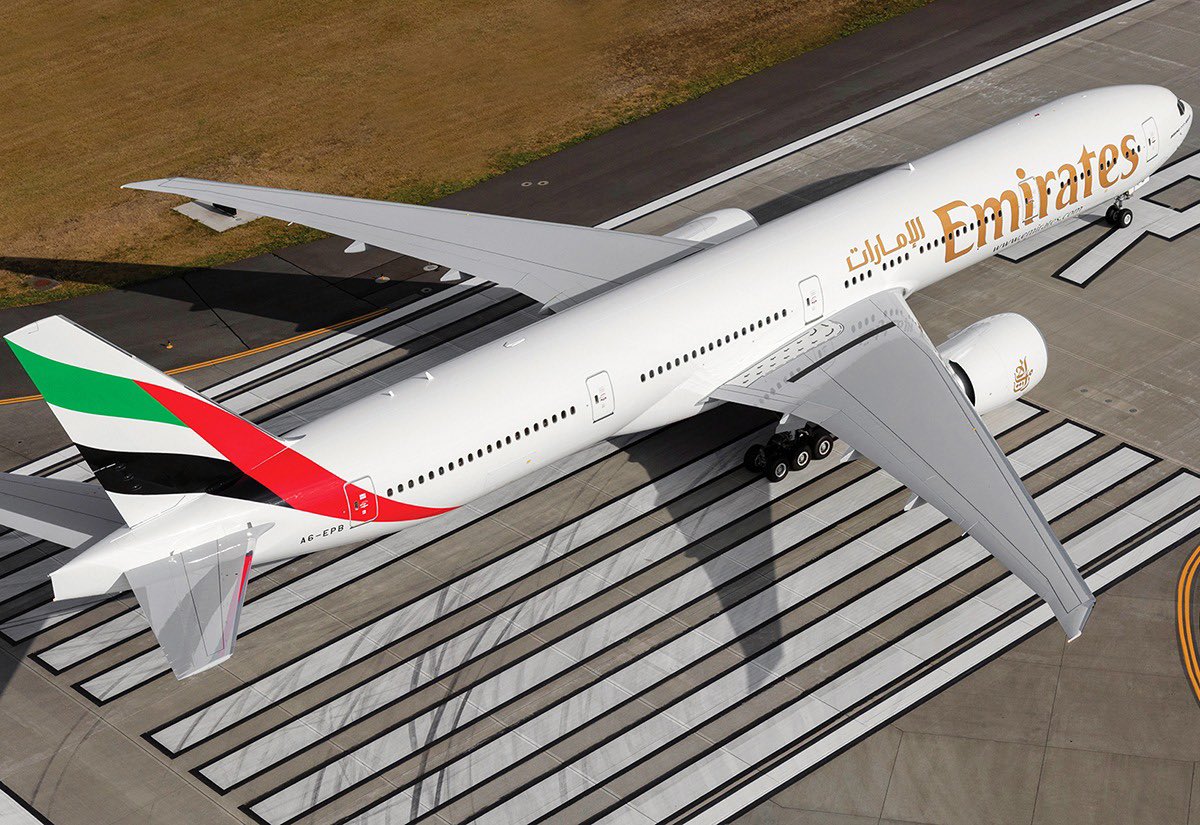
Let’s dissect how Emirates made it all possible.
See, what made Dubai stand out was its strategic location — situated between Europe, Oceania, Asia, and Africa
— allowing Emirates to take maximum advantage of its connectivity.
See, what made Dubai stand out was its strategic location — situated between Europe, Oceania, Asia, and Africa
— allowing Emirates to take maximum advantage of its connectivity.
Its location is so remarkable that it covers more than 1/3rd of the world’s population within just 4-hour flight radius and over 2/3rd within an 8-hour flight radius.
It perfectly serves as a transfer point to travel from Asia to Europe, Europe to Asia, and anywhere in between.
It perfectly serves as a transfer point to travel from Asia to Europe, Europe to Asia, and anywhere in between.
Emirates also received exponential support from the Dubai Government since its inception.
It enjoys subsidized fuel, tax exemptions and strategic synergies with the government.
Additionally, the government conducted numerous negotiations on behalf of the airline,
It enjoys subsidized fuel, tax exemptions and strategic synergies with the government.
Additionally, the government conducted numerous negotiations on behalf of the airline,
granting them access to many routes in short period of time
— helping the company increase its consumer base.
Also, since the beginning of infrastructure development, Dubai has attracted many workers from nearby low wage nations.
— helping the company increase its consumer base.
Also, since the beginning of infrastructure development, Dubai has attracted many workers from nearby low wage nations.
So, Emirates not only enjoyed low price of fuel, but also low cost labor
— two main components which absorb most of an airline’s costs.
No wonder they were profitable for 32 consecutive years!
Now, European & American airspaces suffer from rain and snow storms causing delays.
— two main components which absorb most of an airline’s costs.
No wonder they were profitable for 32 consecutive years!
Now, European & American airspaces suffer from rain and snow storms causing delays.
But Dubai experienced relatively good weather; aside from occasional fog and the general heat.
This meant that there were lesser factors for delays, so most of its operations are based on connecting to another flights using the hub as a gateway to the next travel.
This meant that there were lesser factors for delays, so most of its operations are based on connecting to another flights using the hub as a gateway to the next travel.
Dubai also has an Open Skies agreements with over 170 countries, which enables all & any aircraft to land and take off from Dubai airports
— which simplifies the establishment of new trade & transport routes.
Which is why it is one of the most congested airspaces in the world.
— which simplifies the establishment of new trade & transport routes.
Which is why it is one of the most congested airspaces in the world.
All of this gave Emirates a significant edge over its competitors, but that’s not all.
The credit behind Emirates’ success also goes to their marketing and customer service.
See, Emirates has positioned itself as “a global lifestyle brand”.
The credit behind Emirates’ success also goes to their marketing and customer service.
See, Emirates has positioned itself as “a global lifestyle brand”.
Where other airlines are characterized by decreased amenities and increased discomfort,
Emirates emphasizes on premium service experience, irrespective of the travel class.
Differentiating itself through its hospitality has allowed Emirates to build passenger loyalty,
Emirates emphasizes on premium service experience, irrespective of the travel class.
Differentiating itself through its hospitality has allowed Emirates to build passenger loyalty,
and avoid competition with low-cost airlines based on price.
Emirates
- Is super kids-friendly,
- Has amenity kits for every class,
- Offers award-winning in-flight entertainment and food,
- And more!




Emirates
- Is super kids-friendly,
- Has amenity kits for every class,
- Offers award-winning in-flight entertainment and food,
- And more!
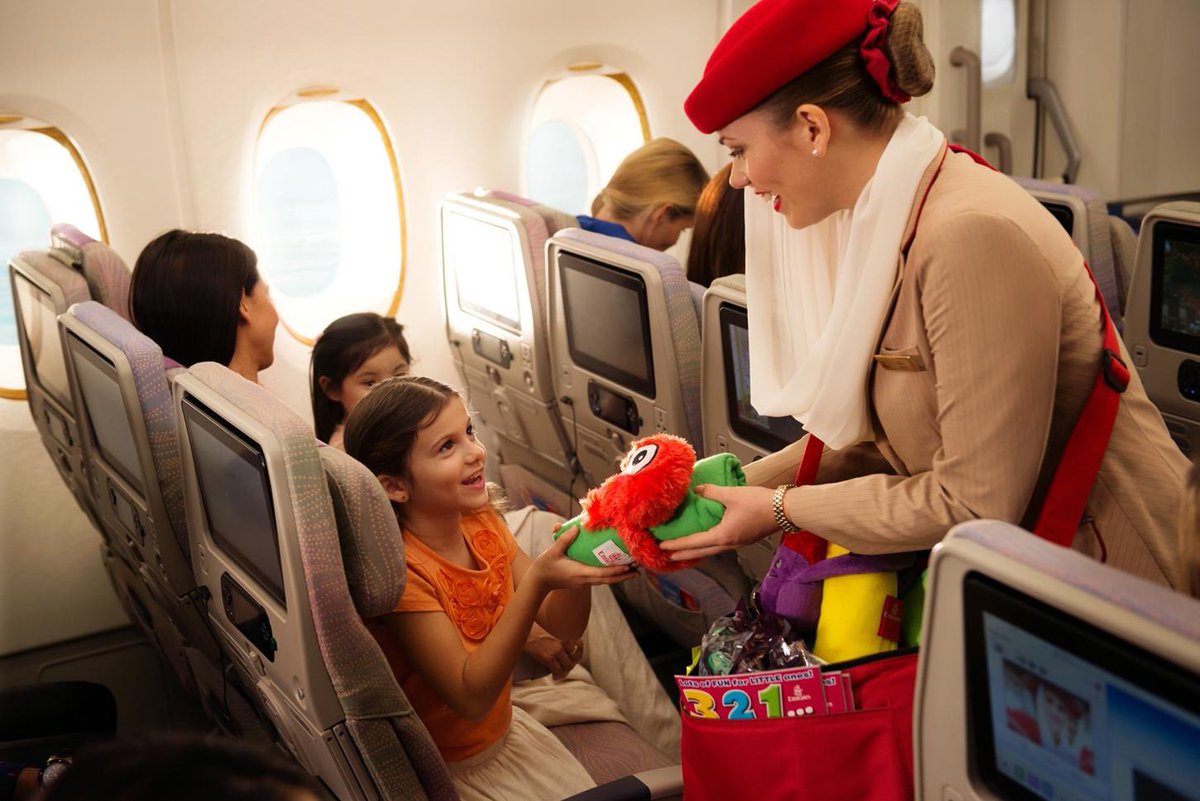

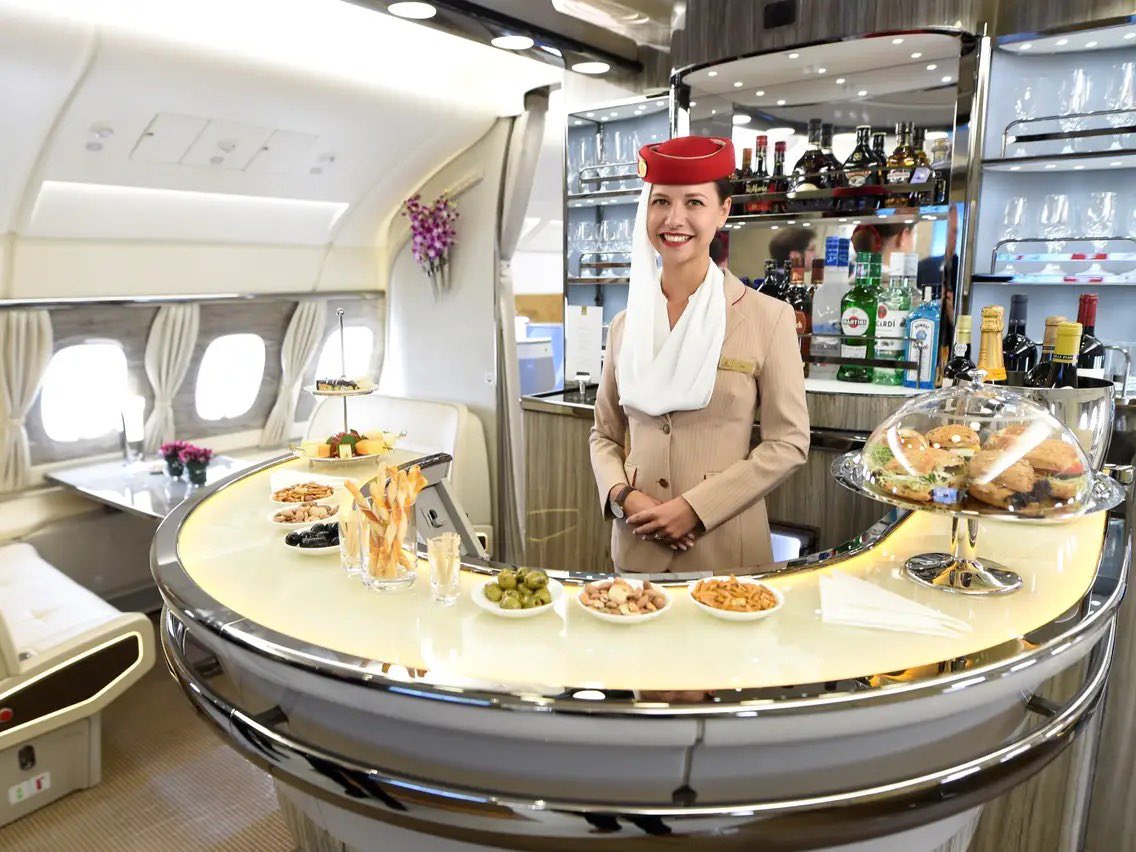
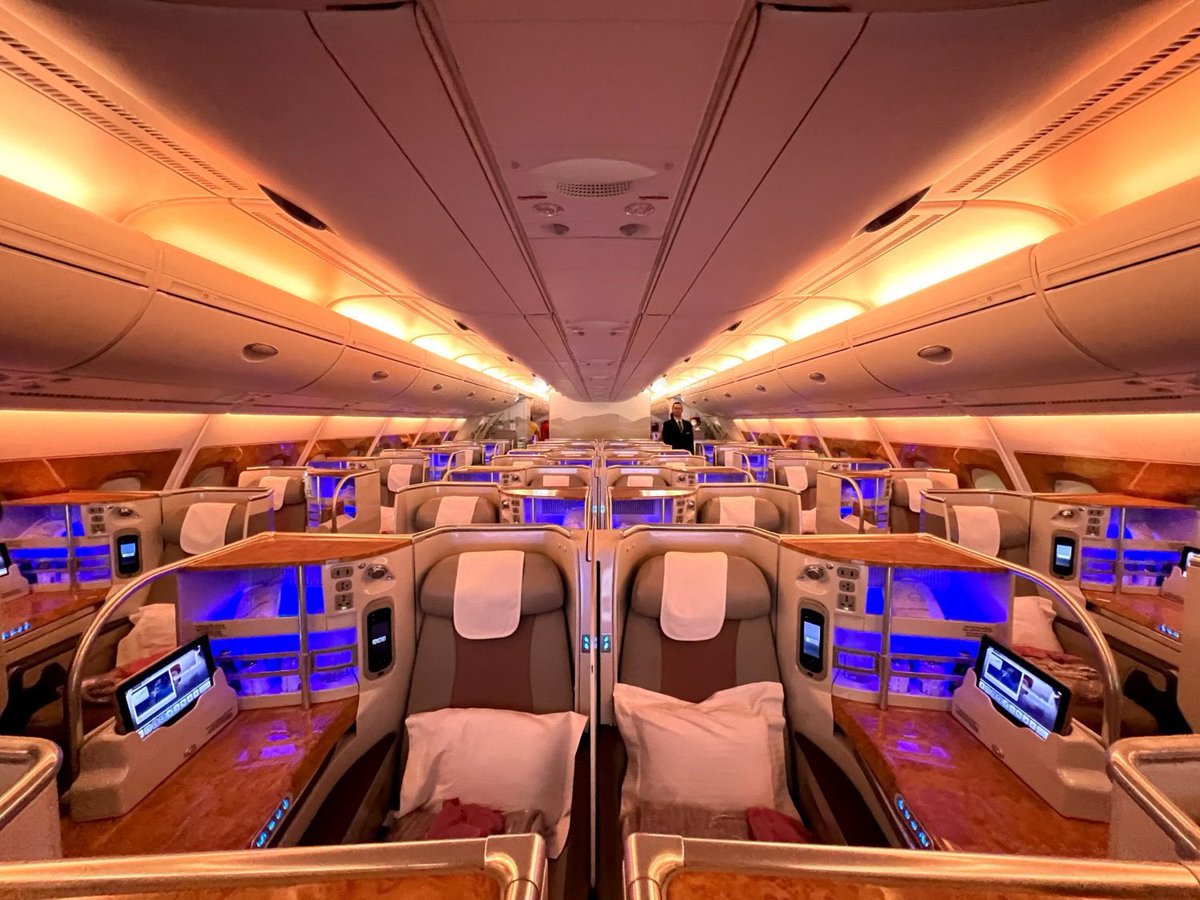
One way it has established brand awareness and prestige is through sports sponsorships over the years.
In fact, Emirates was the most committed to the sports industry in 2021 and had a total of 27 deals with an estimated value of US$218 million.
In fact, Emirates was the most committed to the sports industry in 2021 and had a total of 27 deals with an estimated value of US$218 million.
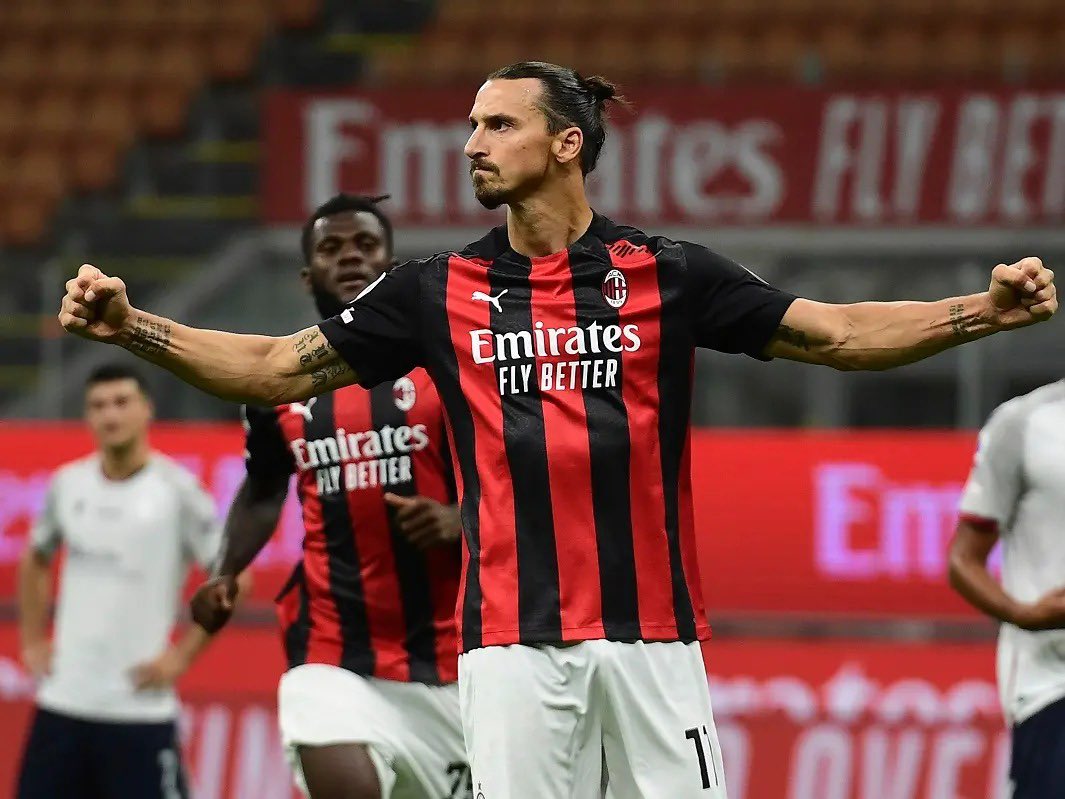
It is also quite tactical in doing so. Emirates often forms sponsorships within the cities it operates to, such as Paris, Milan, and London.
Have a look at the sponsorships data of Emirates from the time it was launched till 2018:
Have a look at the sponsorships data of Emirates from the time it was launched till 2018:
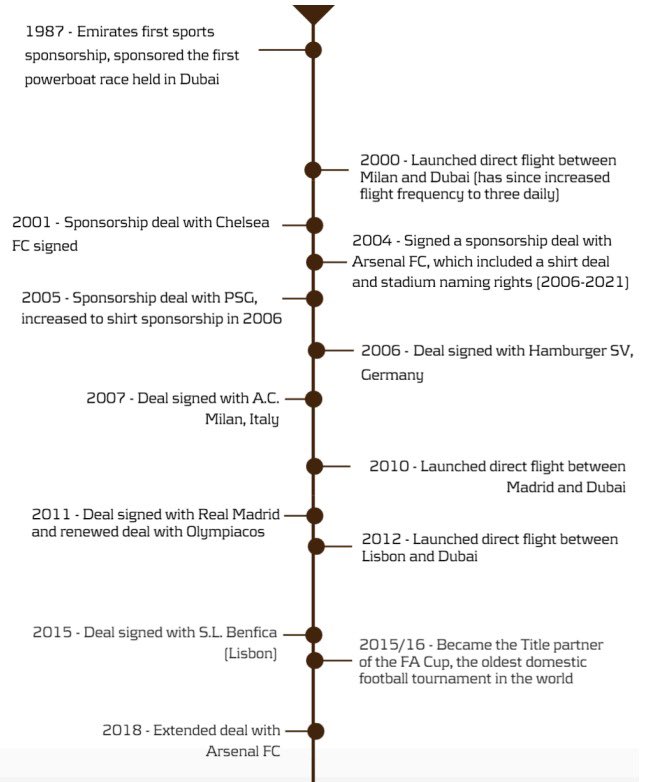
And how has these sponsorships benefited Emirates?
👉 Sports teams can be used to establish not only public awareness to their flight routes, but also brand loyalty.
👉 Increased media attention through sponsored clubs and sporting events.
👉 Soft power gains for Dubai.
👉 Sports teams can be used to establish not only public awareness to their flight routes, but also brand loyalty.
👉 Increased media attention through sponsored clubs and sporting events.
👉 Soft power gains for Dubai.
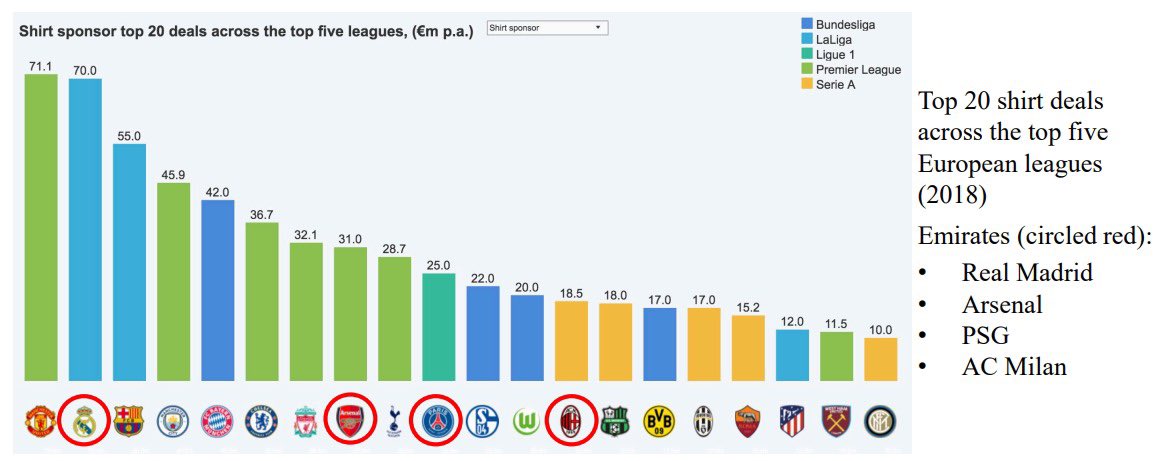
If you liked this read do ReTweet🔄the 1st tweet
and follow us @FinFloww for such threads every Monday, Wednesday and Friday!
and follow us @FinFloww for such threads every Monday, Wednesday and Friday!
Join the FinFloww channel on WhatsApp to receive such stories daily: whatsapp.com/channel/0029Va…
Subscribe to WHAT THE FLOWW?, our weekly email newsletter where we dive deeper into such concepts: finfloww.bio.link
• • •
Missing some Tweet in this thread? You can try to
force a refresh

 Read on Twitter
Read on Twitter

